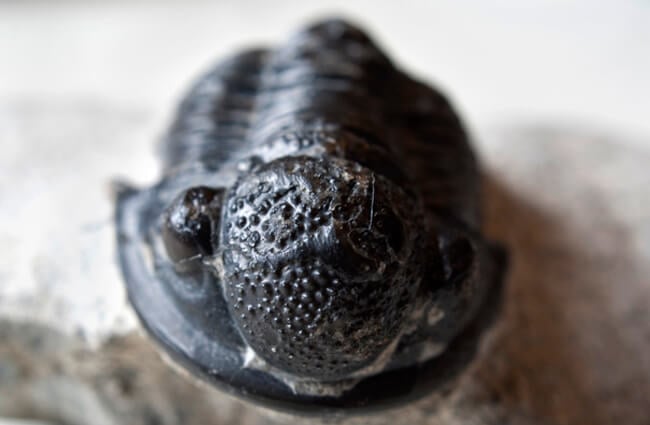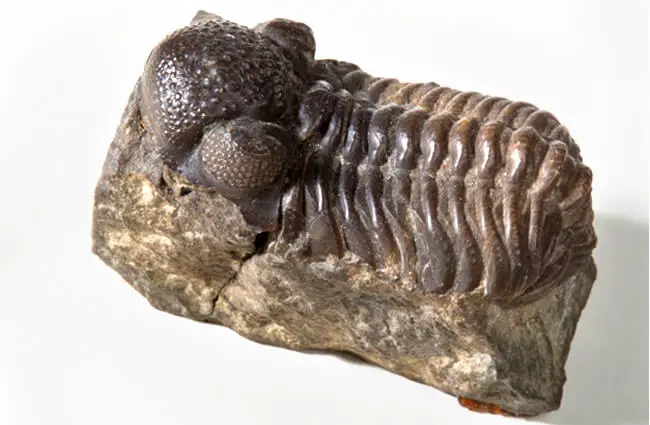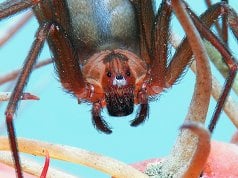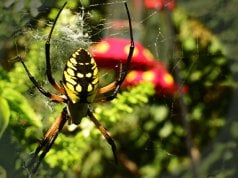The story of life on Earth is etched in stone, and few creatures tell that story as vividly as the trilobite. These fascinating arthropods, now extinct, ruled the ancient seas for nearly 300 million years, leaving behind a remarkable fossil record that continues to captivate scientists and enthusiasts alike. This article delves into the world of trilobites, exploring their anatomy, evolution, behavior, and enduring legacy.

What Was a Trilobite?
The name “trilobite” itself hints at the creature’s most defining feature: its three‑lobed body. These marine arthropods were segmented, meaning their bodies were composed of repeating sections, much like those of modern insects, crustaceans, and spiders. However, unlike their living relatives, trilobites were exclusively marine dwellers. They exhibited an astonishing range of sizes, from just a few millimeters long to over 70 centimeters, making them a diverse group within the prehistoric ocean ecosystems.
Anatomy of a Trilobite
A typical trilobite body plan consisted of three main lobes running lengthwise: the central axial lobe and two pleural lobes on either side. The body was further divided into three sections: the cephalon (head), thorax (body), and pygidium (tail). The cephalon often featured prominent eyes, sometimes with intricate lenses allowing for surprisingly good vision. The thorax was composed of multiple segments, allowing for flexibility and movement. The pygidium served as a protective tail and may have also aided in swimming or burrowing.
A History of Trilobites
Trilobites first appeared in the fossil record during the Cambrian period, approximately 521 million years ago. Their sudden appearance, alongside a burst of evolutionary innovation known as the Cambrian explosion, suggests they were a successful and rapidly diversifying group. For roughly 270 million years, they thrived in the world’s oceans, witnessing dramatic shifts in geology, climate, and life itself.

Evolutionary Journey
Over time, trilobites evolved into a vast array of species, each adapted to specific ecological niches. Some developed elaborate spines and horns, likely for defense or display. Others possessed smooth, streamlined bodies for efficient swimming. The fossil record reveals a complex evolutionary tree, with numerous lineages branching and diversifying before ultimately succumbing to extinction during the Permian‑Triassic extinction event approximately 252 million years ago. This was the most devastating extinction event in Earth’s history.
Trilobite Lifestyle
Understanding how trilobites lived provides a window into the ancient marine ecosystems they inhabited. Their fossils provide clues about their diet, behavior, and interactions with other organisms.
What Did Trilobites Eat?
Trilobite diets varied depending on the species. Some were likely scavengers, feeding on organic matter that settled on the seafloor. Others were predators, hunting smaller invertebrates. Fossil evidence suggests some trilobites may have even been filter feeders, straining microscopic organisms from the water. The shape and structure of their mouthparts provide valuable clues to their feeding habits.
Burrowers, Swimmers, and Rollers
Trilobites exhibited a range of locomotive behaviors. Some were adept burrowers, using their legs and bodies to create tunnels in the sediment. Others were capable swimmers, propelled by their legs or by undulating their bodies. Remarkably, some trilobites could even roll up into a ball, protecting their vulnerable undersides from predators. This behavior, known as “volvation”, is preserved in some fossil specimens.

Reproduction and Life Cycle
While the details of trilobite reproduction are still debated, paleontologists have pieced together a plausible picture based on fossil evidence.
Mating and Spawning
Most trilobites likely reproduced sexually. Evidence suggests some species engaged in elaborate mating rituals, possibly involving the exchange of sperm through specialized appendages. Females likely laid eggs on the seafloor, and the developing embryos were protected by a hardened shell. Some species may have exhibited parental care, guarding their eggs until they hatched.
Growth and Molting
Like other arthropods, trilobites grew by molting—shedding their exoskeletons and growing new, larger ones. This process occurred repeatedly throughout their lives, and the shed exoskeletons are frequently found as fossils. By studying the growth lines on these exoskeletons, paleontologists can estimate the age and growth rate of individual trilobites.
Trilobites in the Ecosystem
Trilobites played an important role in the ancient marine ecosystems, serving as both predators and prey. They interacted with a variety of other organisms, including brachiopods, mollusks, and early fish.
Predators and Prey
Trilobites were preyed upon by a variety of predators, including early fish, cephalopods, and other trilobites. Some trilobites developed defensive adaptations, such as spines, armor, and the ability to roll up into a ball. In turn, they preyed on smaller invertebrates and scavenged on organic matter.
![Trilobite fossil found in southern France Photo by: [public domain]](https://animals.net/wp-content/uploads/2020/01/Trilobite-4-650x425.jpg)
Ecological Interactions
Trilobites also interacted with other organisms in more subtle ways. Some species may have been commensals, benefiting from the presence of other organisms without harming them. For example, some trilobites may have attached themselves to sponges or other sessile organisms for protection or access to food.
Finding Trilobites Today
While trilobites are extinct, their fossils can still be found in certain parts of the world. Common fossil‑bearing locations include North America, Europe, and Asia.
Where to Look
Trilobite fossils are typically found in sedimentary rocks that formed during the Paleozoic Era. Good places to look include road cuts, quarries, and riverbeds. Fossil hunting requires patience, persistence, and a keen eye for detail.
Responsible Collecting
It is important to collect fossils responsibly. Always obtain permission from landowners before collecting on private property. Avoid damaging fragile fossils, and be mindful of the environment. Responsible collecting ensures that these valuable resources are preserved for future generations.

Trilobites and Human Culture
Trilobites have captured the imagination of people for centuries. Their fossils have been used as decorative objects, jewelry, and even talismans.
Folklore and Mythology
In some cultures, trilobite fossils were believed to possess magical properties. They were often associated with protection, healing, and good luck. Some cultures believed that trilobites were petrified creatures or remnants of ancient gods.
Scientific Study
Trilobites have played a crucial role in the development of paleontology and evolutionary biology. Their well‑preserved fossils provide valuable insights into the history of life on Earth. The study of trilobites continues to reveal new information about their anatomy, behavior, and evolution.
The story of the trilobite is a testament to the power of evolution and the remarkable diversity of life on Earth. These ancient creatures, though long extinct, continue to fascinate and inspire us today. Their fossils serve as a window into a distant past, reminding us of the ever‑changing nature of life and the importance of preserving our planet’s natural heritage.






![Red Angus Closeup of a beautiful Red Angus cowPhoto by: U.S. Department of Agriculture [pubic domain]https://creativecommons.org/licenses/by/2.0/](https://animals.net/wp-content/uploads/2020/03/Red-Angus-4-100x75.jpg)

